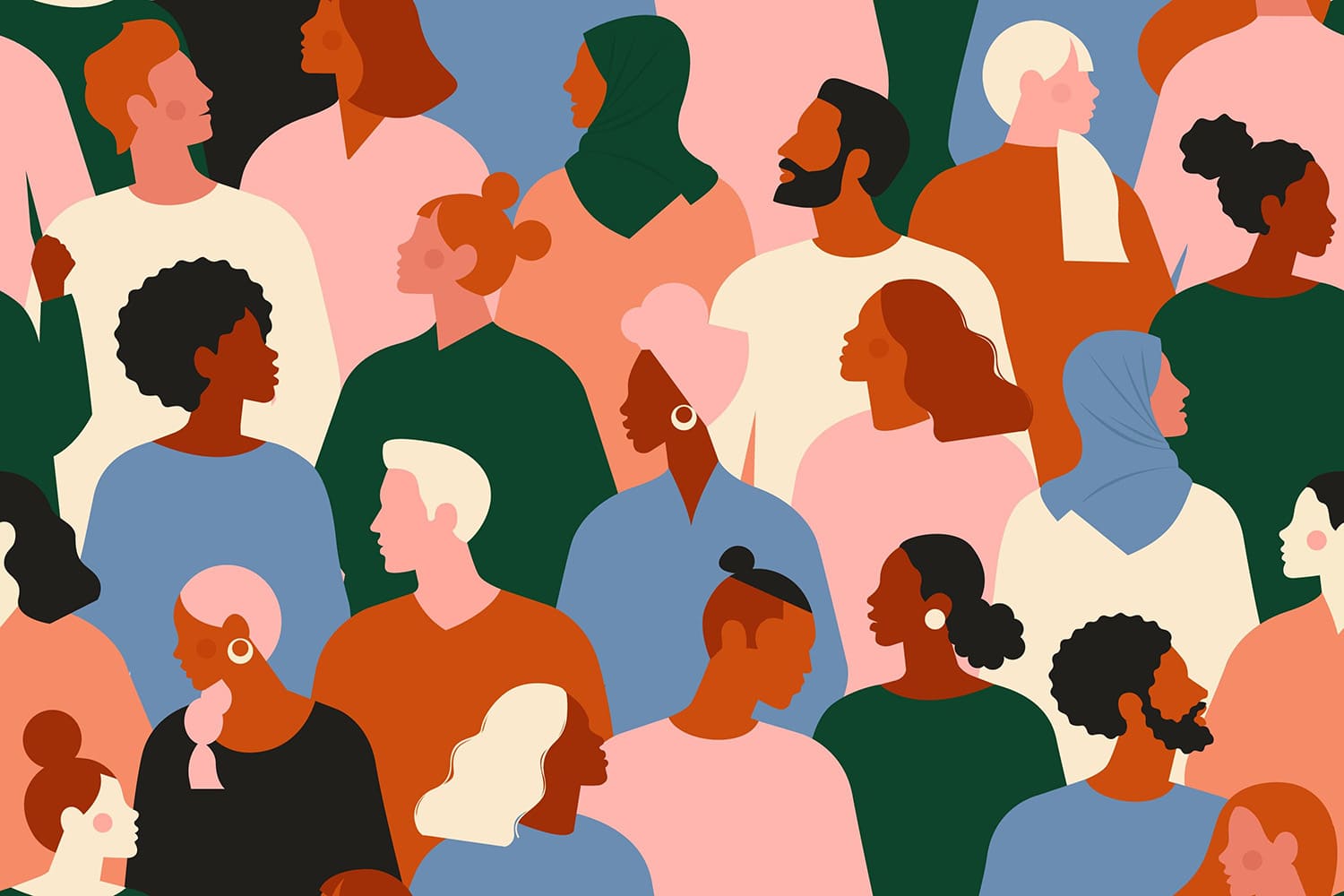The composition of the workforce is constantly evolving, and today’s organizations must embrace a multigenerational workforce to stay competitive. With Baby Boomers retiring and Gen Z entering the workforce, businesses need to find ways to bridge the generation gap and foster collaboration, communication, and engagement across age groups.
Multigenerational workforces can bring diverse perspectives, skills, and experiences that can enhance innovation and creativity. However, managing and leading these teams can present unique challenges, especially when it comes to communication styles, work expectations, and values.
Understanding Generational Characteristics
The first step in building a resilient multigenerational workforce is to understand the generational characteristics and tendencies that each group brings to the table. Here’s a breakdown of the five generations currently in the workforce:
Traditionalists (born before 1945): These employees value loyalty, respect for authority, and hard work. They tend to be more reserved and formal in their communication and prefer face-to-face interaction.
Baby Boomers (born between 1946-1964): Boomers value teamwork, personal growth, and work-life balance. They tend to be competitive and are motivated by recognition and career advancement.
Gen X (born between 1965-1980): Gen Xers value independence, work-life balance, and flexibility. They tend to be skeptical and are motivated by work that aligns with their personal values.
Millennials (born between 1981-1996): Millennials value work-life balance, flexibility, and collaboration. They tend to be tech-savvy and prefer communication through digital channels.
Gen Z (born after 1997): Gen Z values diversity, work-life balance, and authenticity. They tend to be entrepreneurial and are motivated by opportunities for personal and professional growth.

Strategies for Managing Multigenerational Teams
Managing a multigenerational team can present unique challenges, but there are strategies that can help bridge the generation gap and foster collaboration, communication, and engagement. From creating flexible work arrangements to offering professional development opportunities, this section provides tips and insights to help HR teams effectively manage and engage a diverse workforce.
Once HR teams understand the generational differences, they can create programs and initiatives that cater to the unique needs and preferences of each group. Here are a few tips for managing and engaging a multigenerational workforce:
- Foster communication: Encourage open communication between employees of different generations by creating opportunities for mentorship, coaching, and cross-functional collaboration. Use a mix of communication channels, such as email, instant messaging, video conferencing, and face-to-face meetings, to accommodate different communication styles.
- Create a flexible work environment: Offer flexible work arrangements, such as remote work, flexible schedules, and job sharing, to accommodate different work-life balance needs. Consider implementing a results-only work environment (ROWE) that focuses on outcomes rather than hours worked.
- Offer professional development opportunities: Provide training, mentoring, and coaching programs that cater to the different learning styles and career aspirations of employees across generations. Create career development plans that align with personal goals and organizational objectives.
- Recognize and reward performance: Develop recognition and reward programs that align with the values and motivations of different generations. Baby Boomers may prefer traditional incentives such as bonuses and promotions, while Millennials may respond better to public recognition and opportunities for professional development.
- Foster a culture of inclusion: Encourage diversity and inclusivity in the workplace by creating a safe and welcoming environment that respects and values the unique perspectives and experiences of all employees. Embrace a culture of continuous learning and improvement that encourages feedback and constructive criticism.
Embracing a multigenerational workforce is essential for building a resilient and innovative organization. By understanding and catering to the unique needs and preferences of each generation, HR teams can foster collaboration, communication, and engagement across age groups. By creating a culture of inclusivity and continuous learning, organizations can leverage the diverse perspectives and experiences of their workforce to drive innovation and growth.





